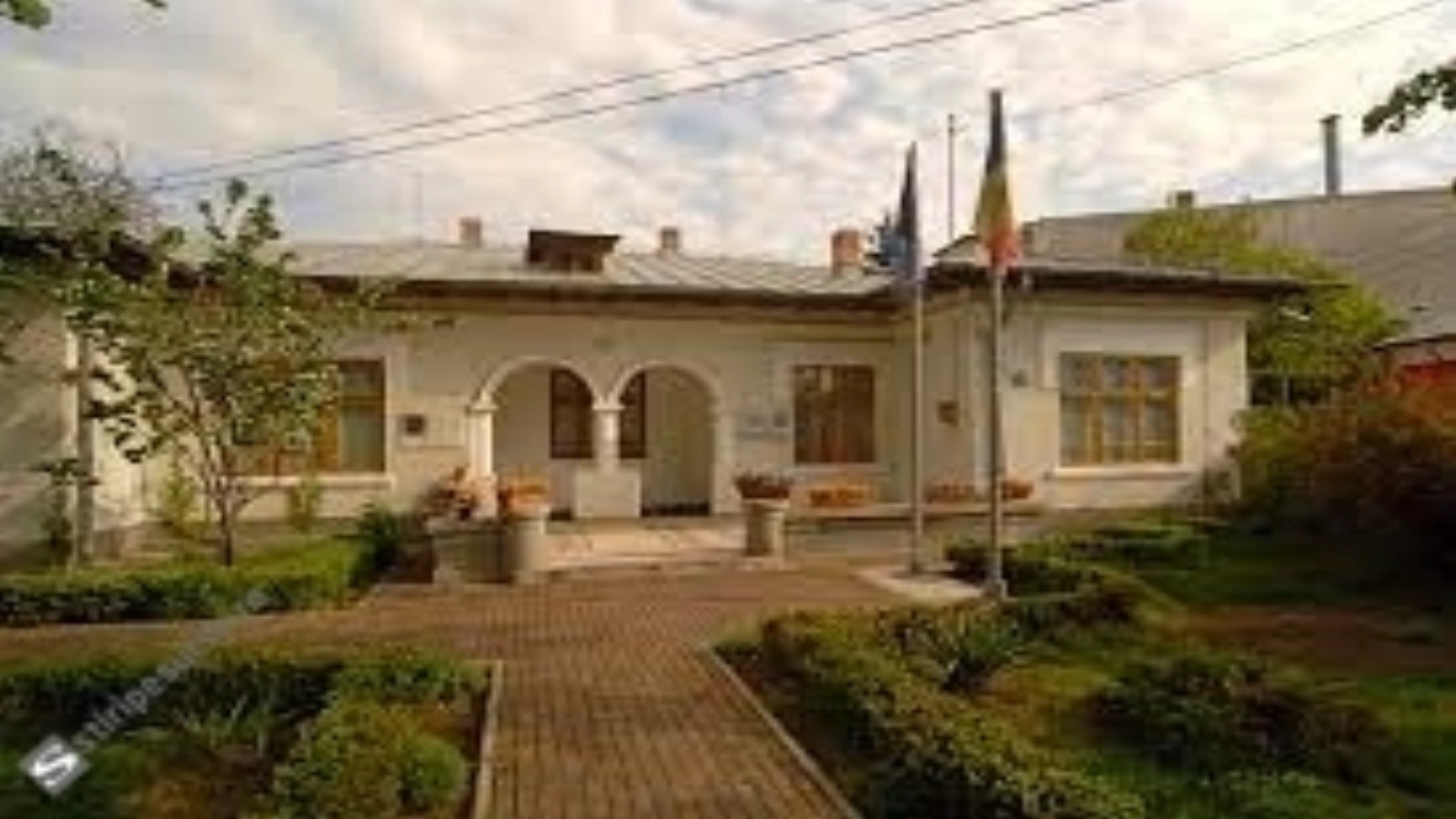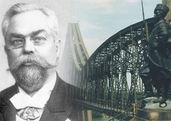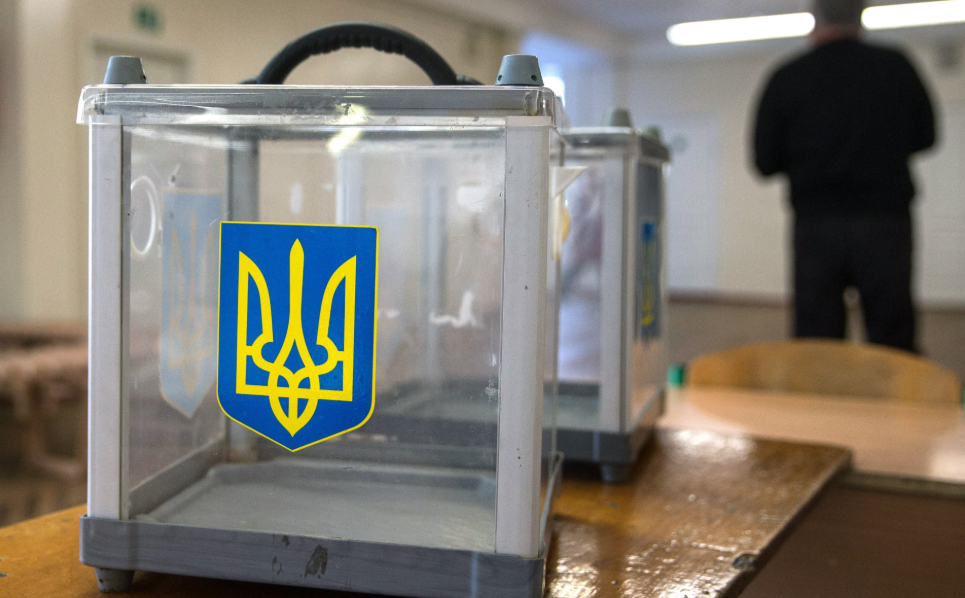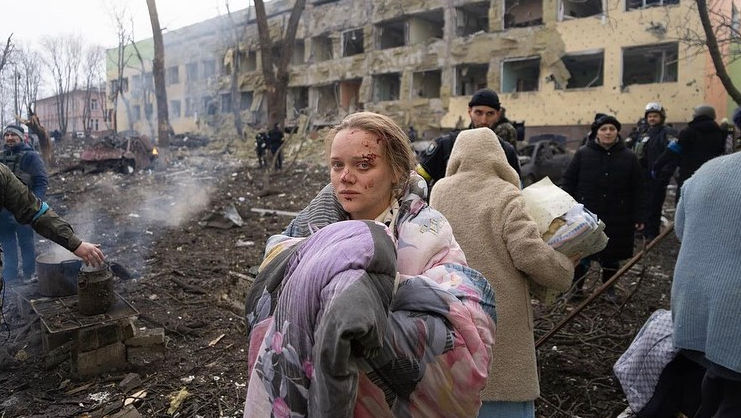On a narrow, almost hidden street in the municipality of Ploiesti, a small, simple, but at the same time coquettish, warm and welcoming house hosts a real universe, that of Nichita Stanescu, a "blonde angel" whose presence is so alive in the place where he was born and became a phenomenon, told Agerpres.
The "Nichita Stanescu" Memorial House is located at number 1, on the street that bears the name of the poet.
Stepping into the yard of the house, and then into the house, one enters a universe that creates the illusion that Nini, as he was called by the family, is still among us. Anytime one would expect to hear a jolly cry or the notes of the piano he loved so much, or to see him sitting at his desk reading or composing poems.
The house, which was built between 1926-1927 by the poet's grandfather and father, became a museum in 2002, and the restoration of the house was carried out under the careful supervision of Mariana Stanescu, the writer's sister, so that the pieces of furniture were placed approximately as they were in Nichita's childhood.
This museum did not buy anything, it is a museum made from donations made out of love for Nichita, museographers say.
"Nichita had a memorial exhibition two years after he died. In 1983 he died, in December, and in 1986 a tribute exhibition was opened. At first, it was called temporary. It was opened in an 18th century merchant house, Casa Hagi Prodan (...). Objects began to be collected there. Those who had objects from Nichita - a letter, a poem, a coin, because he was a numismatist, came and they donated them. Around 300 pieces were collected from the donations, including the bed, which was donated by Nichita's mother. The bed, his student desk... Ploiesti residents kept his memory alive there, in the Hagi Prodan House, until 2002, when we moved here. (...) We were very lucky to find Mariana, Nichita's sister, alive. She lived in Bucharest, she had just retired from the position of school director, and then she welcomed us to her home and gave us everything she had of memorial value. In addition, she came here and explained to us what the house was like during their childhood. Some pieces were lost. (...) Where there were no more objects, we made a documentary room dedicated to the poet's work - posthumous work, books, awards. (...) We had the opportunity, a few months after the opening, to participate in a national competition of memorial houses. We won first place, in 2003 being the most beautiful memorial house opened in Romania," museographer Ioana Rosu told AGERPRES.
Nichita Stanescu was born in this house and lived here until 1953, when he went to Bucharest for university studies.
In the bedroom there is furniture from that period, made of walnut wood, and, on the bed covered with a quilt made by his mother, sits the Teddy bear he used to play with as a child, as if waiting to be played with.
On the walls of the bedroom, but also in the rest of the house, there are many original photographs of Nichita as a child and family pictures, as well as paintings of the poet donated to the museum.
In the workroom, the one where he did his homework and composed his poems, from the age of 7, there is the poet's desk, on which there is a leather map that belonged to him, the front being covered by a tapestry made by his mother. The dictionary of rhymes, the basic books, a microscope received as a gift from his father when he turned 10, the chessboard and the famous piano complete the setting.
Nichita said, at one point, that if he had not become a poet, he probably would have become a great musician.
"At the age of 7, they hired a music teacher for him. The poet's mother said that he had a ritual when he came home from school - he would enter the house, drop his schoolbag and start playing the piano, and the mother in the kitchen would hear that and she would start preparing lunch," says museographer Argentina Istratescu.
The pick-up and the radio take us back to Nichita in his youth.
"During high school years, Nichita through dancing tea parties. He invited classmates, played the piano for them, played music for them, had a whole collection of records with piano and orchestra concerts. It was the space where they felt good, while his mother made cakes for them," the museographers say.
The poet has a few verses that illustrate the area, the proximity to the railways (the house being near the North Railway Station), in his poetry the home is present, but also homesickness.
The incursion into the native universe of the "blonde angel" continues with the living room, where there is the telephone on which the number assigned to the family at the time is written, the family clock, the furniture from that period - the armchairs, the sideboard and, again, childhood photos from which the light of the poet's smile shines through.
In the documentary room, which was another living room of the family, showcases were set up in which other photos, Nichita's birth certificate, objects from school, the typewriter and publications published during his life are presented, the posthumous works of the poet, as well as the national and international awards Nichita won.
The kitchen keeps the furniture from Nini's childhood, some of the family tableware, but also the mother's cookbook, which also contains her notes.
A library was set up in the former bathroom of the house, where you can find copies brought by Mariana Stanescu from Bucharest.
"Nichita was a very open, warm, friendly person, he encouraged everyone. When he moved to Amzei Square, his apartment door was always open. After he married his third wife, young poets came to present him their work, to ask for advice. He never criticised them, and when they left he gave them a symbolic pen to continue writing. He said that it was more vital to have a friend than a guardian angel, so he had a special warmth and nobility of the soul," explains Argentina Istratescu.
Maybe the presence of the large number of photos and paintings of the poet, maybe the love for him that is felt in every detail of the arrangement of the memorial house, maybe the way the museographers talk about Nichita and his life or maybe all of them together make the visitor, at a given moment, look for the one who was a phenomenon.
































Comentează